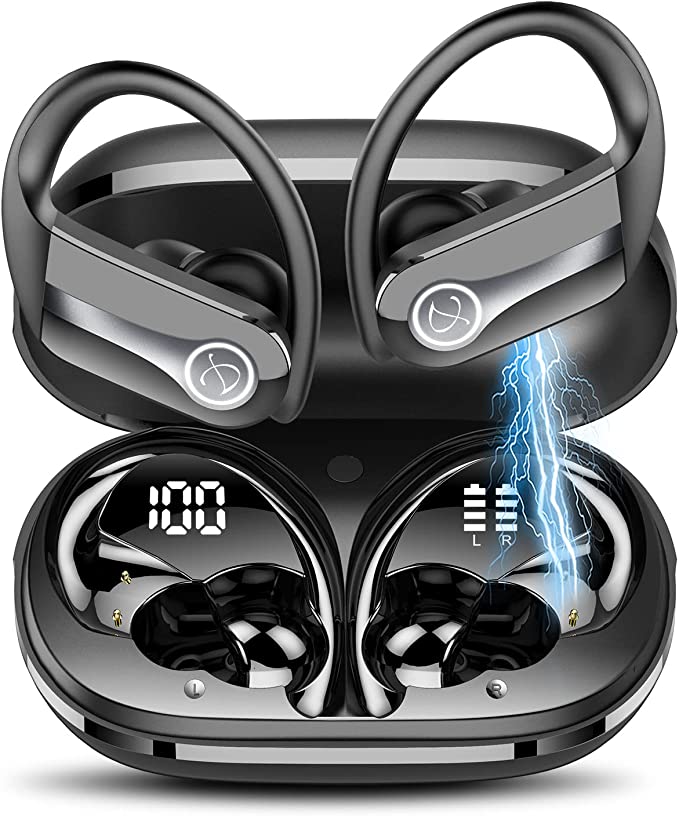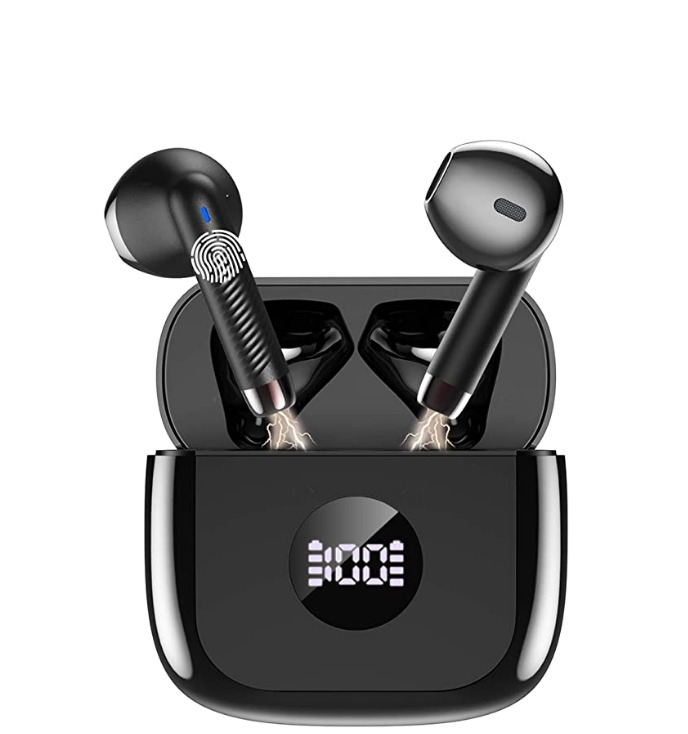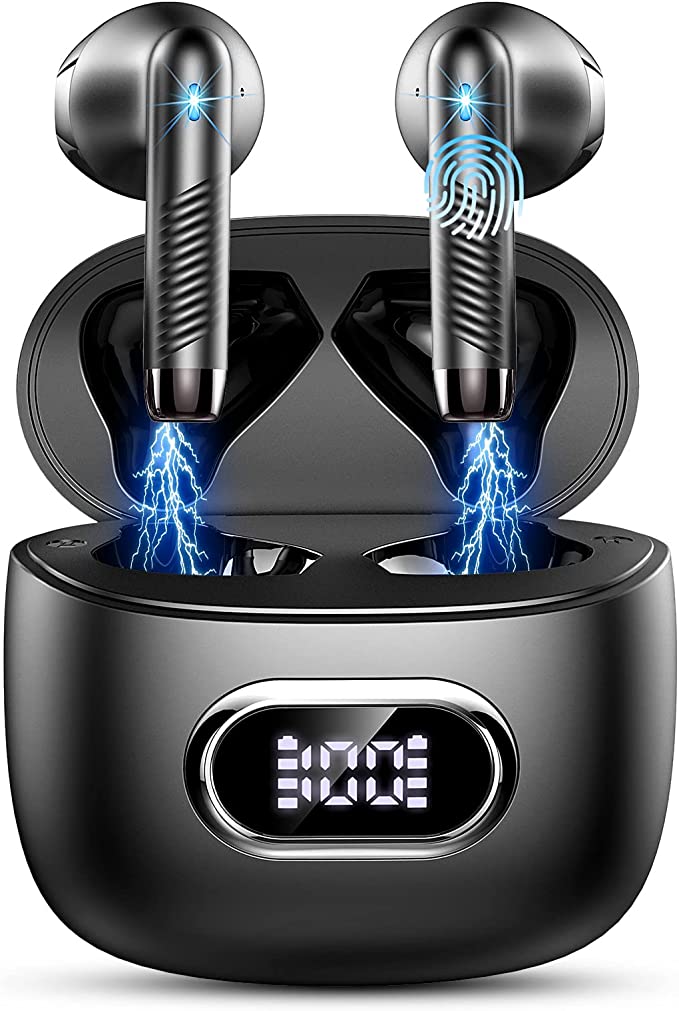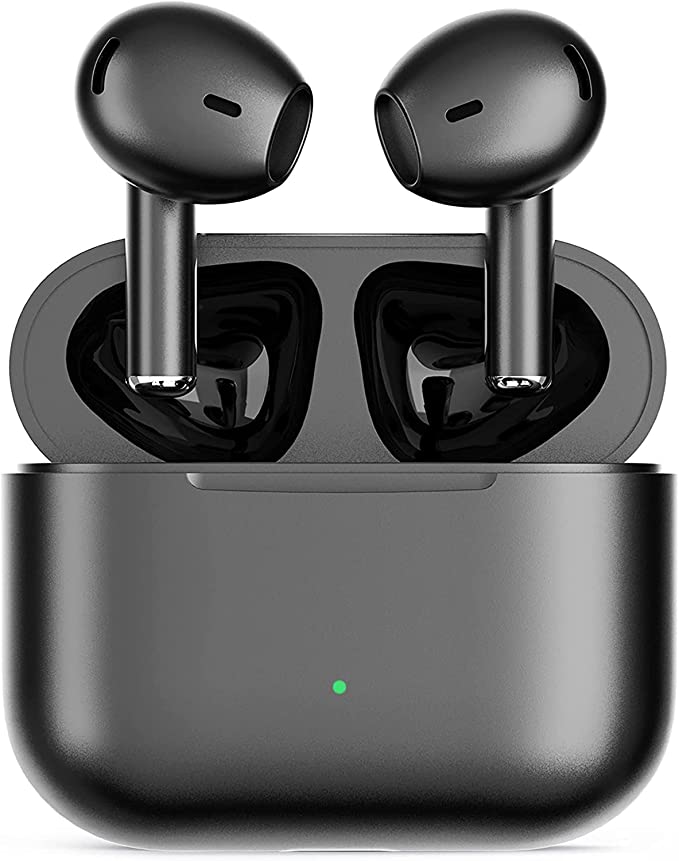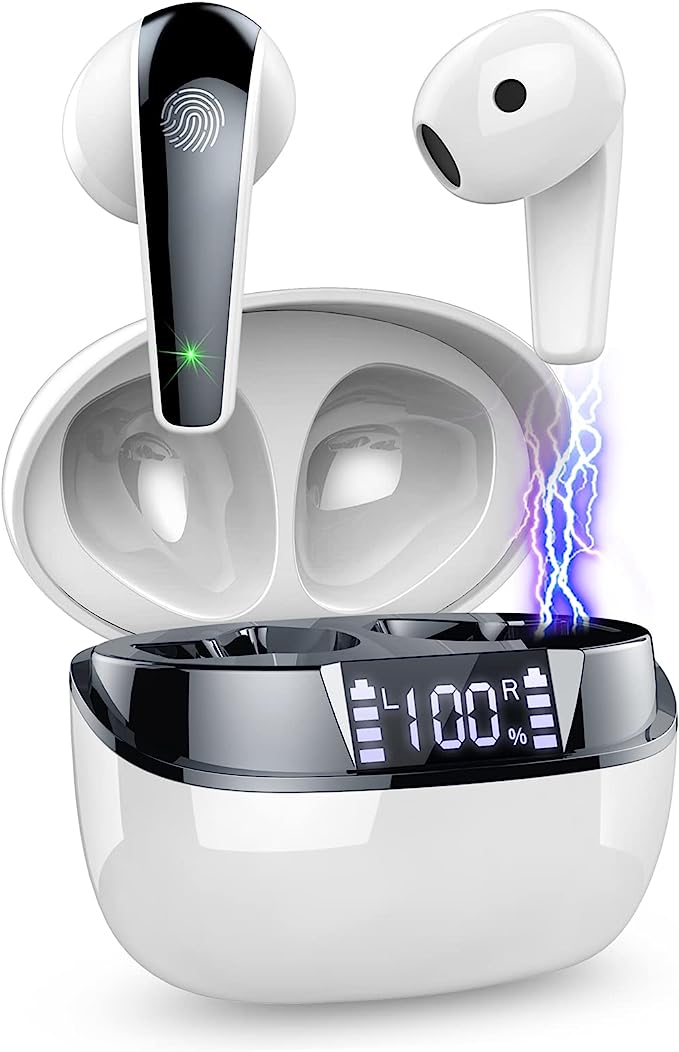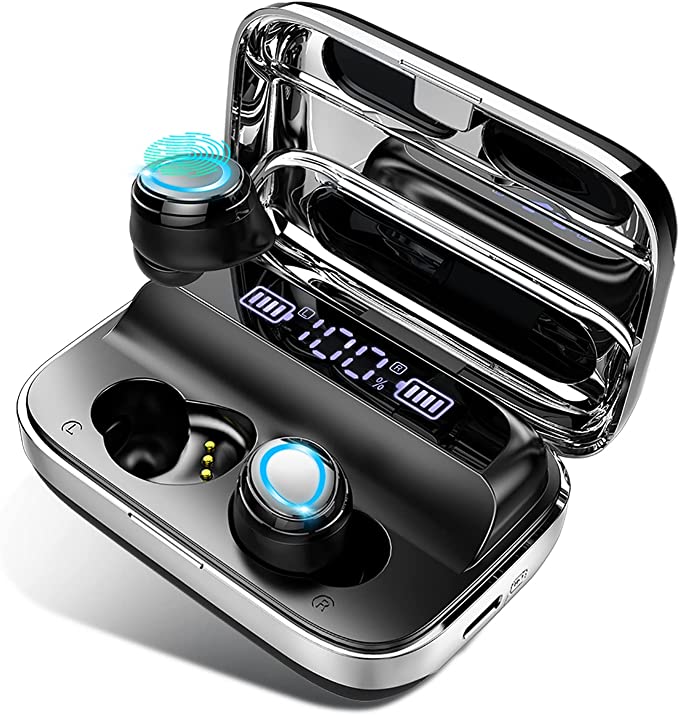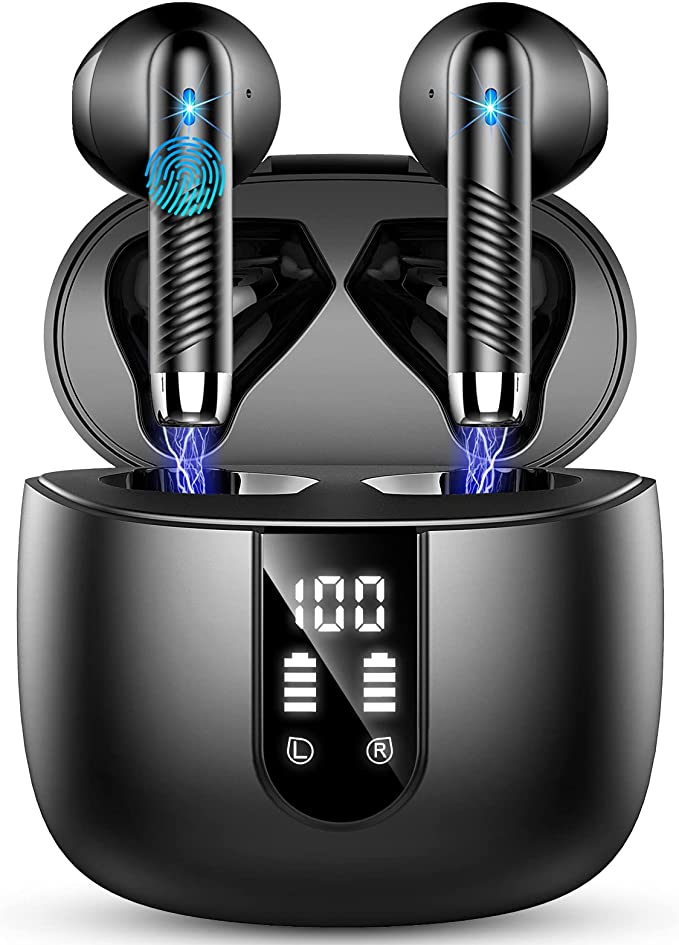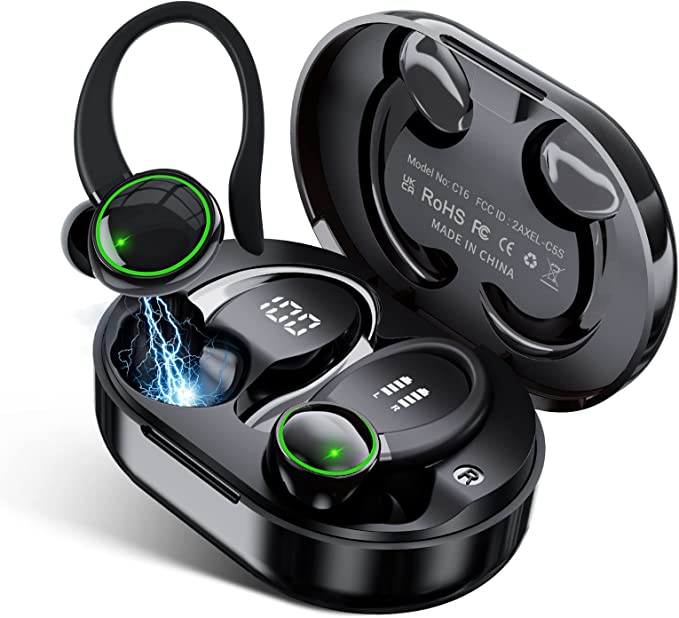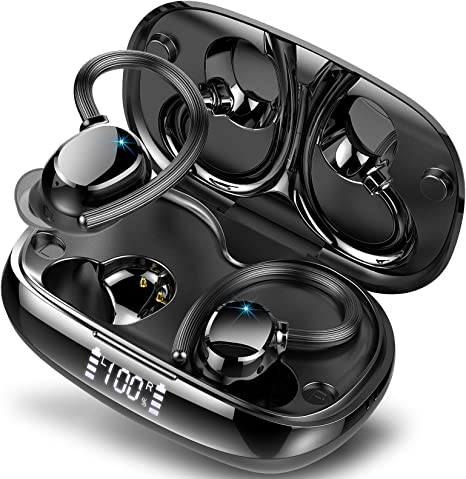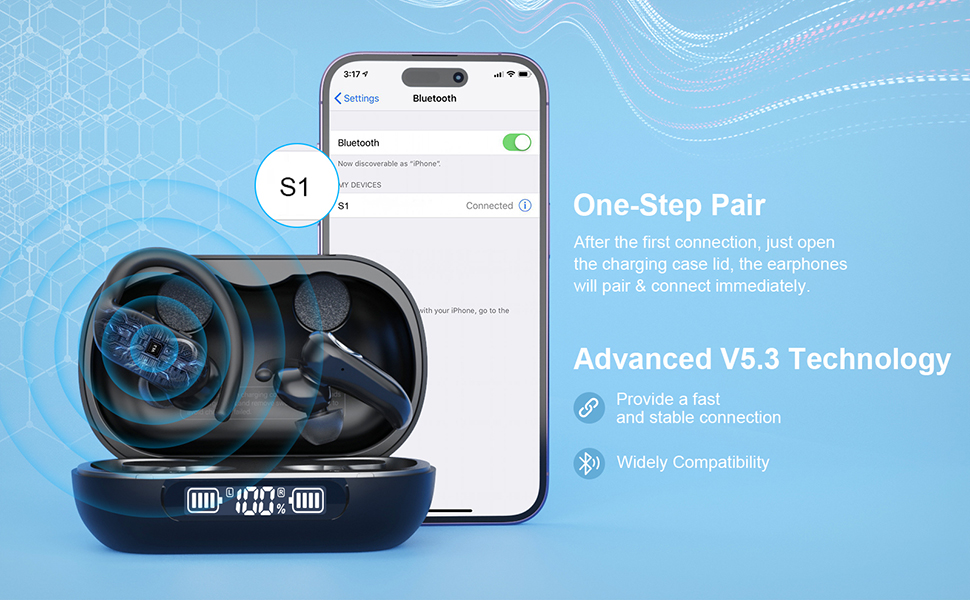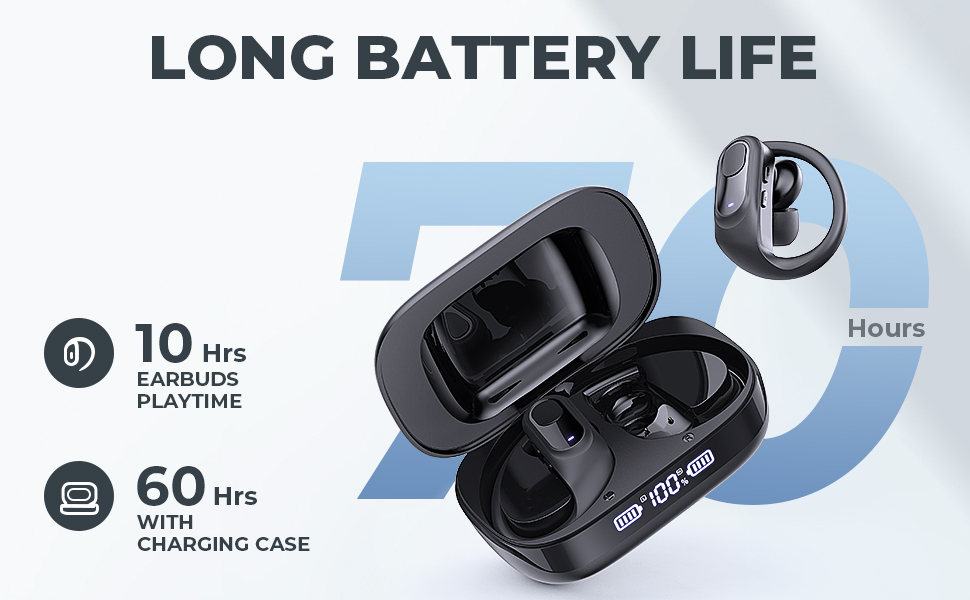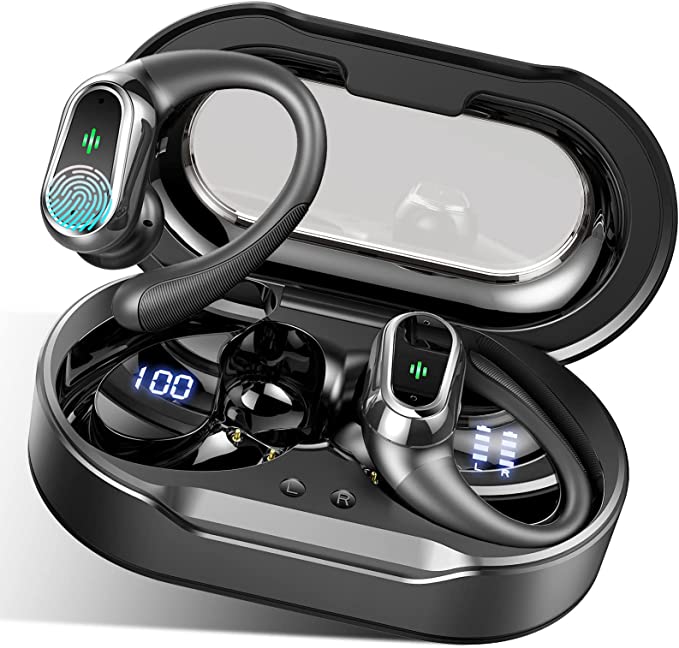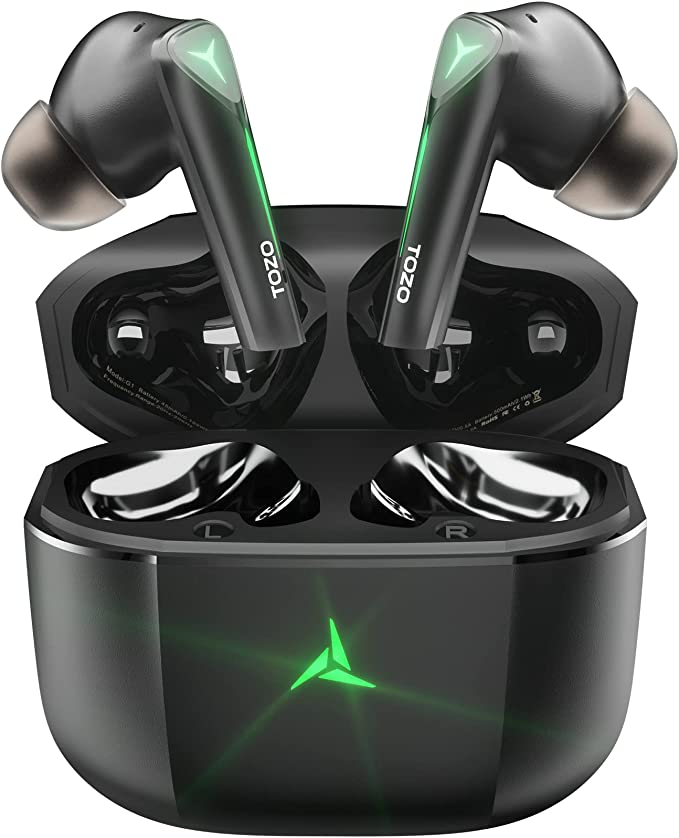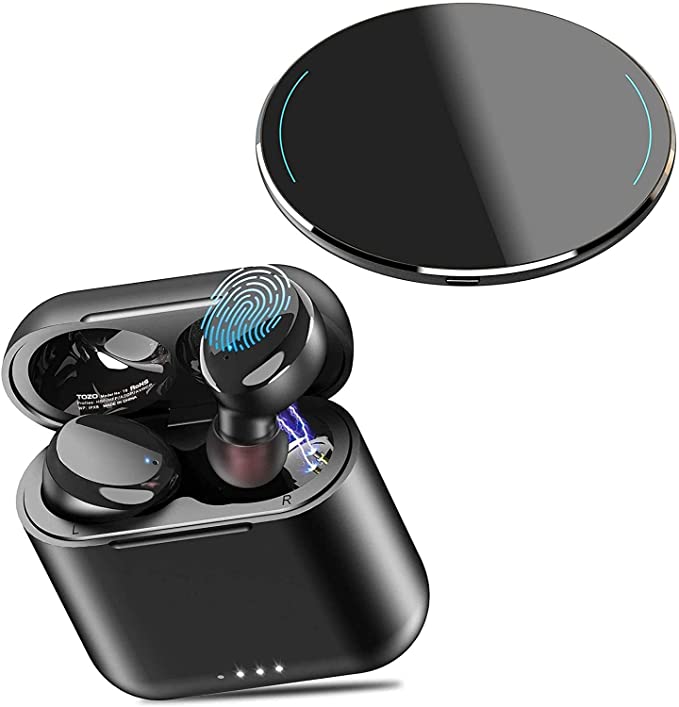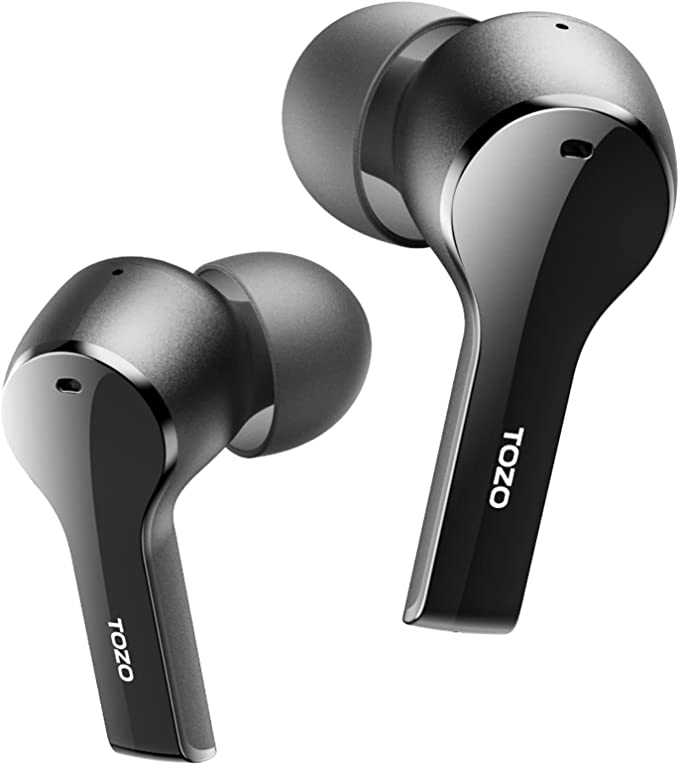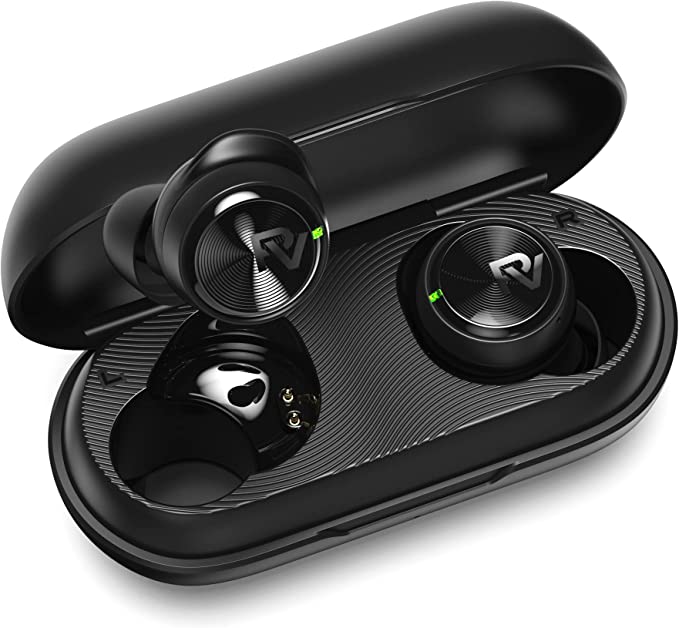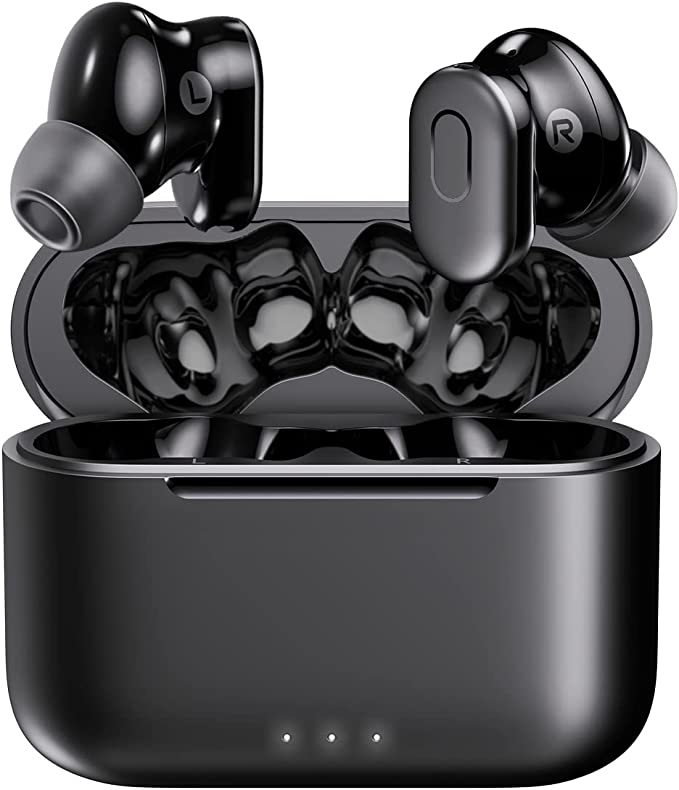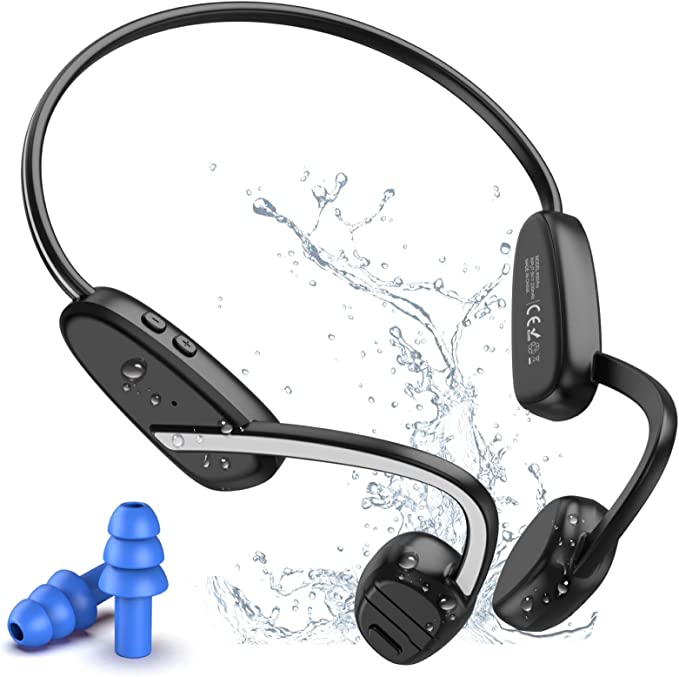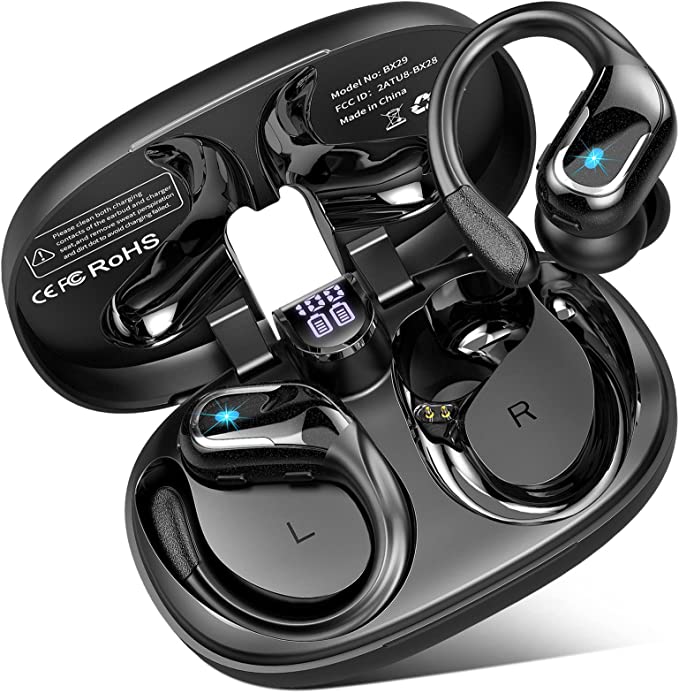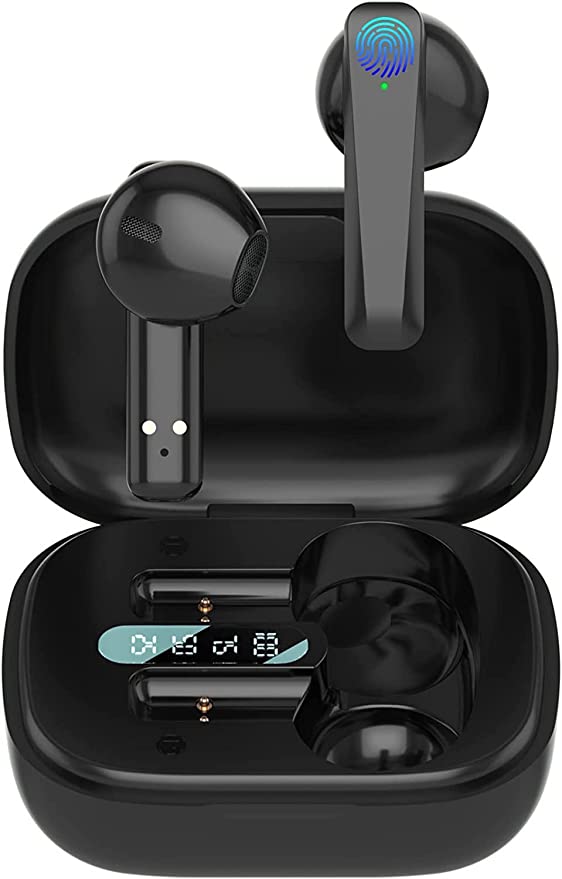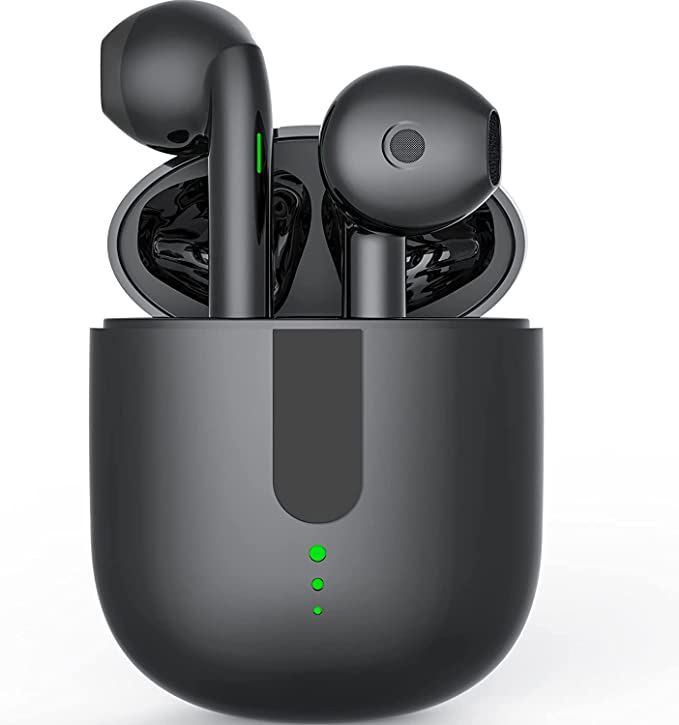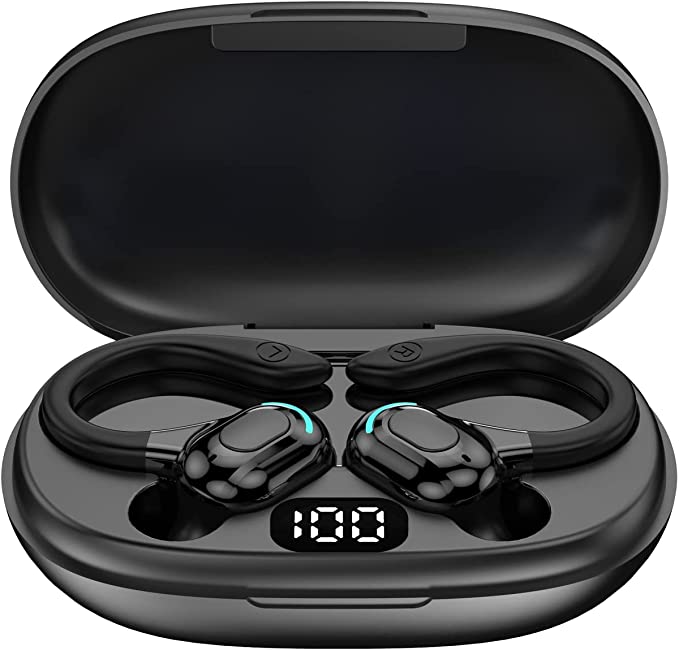The Energy Architecture of Audio: Deconstructing the 140-Hour Donerton I09
Update on Nov. 23, 2025, 7 p.m.
In the relentless cycle of charging our devices, “Battery Anxiety” has become a chronic condition of modern life. Most True Wireless Stereo (TWS) earbuds exacerbate this, requiring a tether to the grid every 20-30 hours. The Donerton I09 proposes a radical alternative: Energy Autonomy.
With a claimed 140 hours of total playtime and a chassis that doubles as an emergency power bank, the I09 is less of a fashion accessory and more of a utilitarian tool. It prioritizes Energy Density and Durability over acoustic nuance. To understand its value, we must dissect the engineering trade-offs required to build a device that operates on a monthly, rather than weekly, charging cycle.
The Physics of 140 Hours: Volumetric Efficiency
How does a budget device achieve a runtime that dwarfs flagship models? The answer lies in the Charging Case Architecture.
- The 2600mAh Reactor: While standard TWS cases house 300-500mAh batteries, user teardowns and specs suggest the I09 integrates a cell closer to 2600mAh. This is roughly 5-8 times the industry average.
- The Math of Endurance: With earbuds typically drawing 40-50mA, this massive reservoir allows for approximately 23 recharge cycles. This shifts the user experience from “managing battery” to “forgetting about battery.” It essentially acts as a Micro-Grid for your audio needs, decoupling the user from the wall outlet for weeks at a time.
- Dual-Directional Power: The inclusion of a USB-A output port confirms its role as a hybrid device. It is an emergency power bank first, and a headphone charger second. In a pinch, it can resurrect a dead smartphone—a critical redundancy feature for travelers and outdoor enthusiasts.
Acoustic Engineering: The Efficiency of 6mm Drivers
The I09 utilizes 6mm Composite Diaphragm Drivers. In a market pushing for 10mm or 12mm units, this might seem like a regression. However, in the context of an “Endurance First” design philosophy, it is a calculated engineering decision.
- Power Consumption vs. Driver Size: Larger drivers require more energy to move the diaphragm mass. A 6mm driver is lighter and requires less magnetic flux to drive, making it inherently more power-efficient. This contributes to the single-charge longevity of the buds themselves.
- Transient Response: Smaller drivers often excel at Transient Response (speed). While they physically cannot move enough air to create earth-shattering sub-bass
[Image of sound wave propagation]
, they often provide clearer, snappier mids and highs. For podcasts, audiobooks, and vocal-centric music, this “HiFi” tuning focusing on clarity is often more pragmatic than muddy, power-hungry bass.
Connectivity: Bluetooth 5.3 Efficiency
The adoption of Bluetooth 5.3 is not just about connection stability; it is a cornerstone of the device’s energy strategy. * Duty Cycles: Version 5.3 optimizes the “sniff” intervals—how often the device wakes up to check for data. By reducing these wake-up calls during silence or standby, the chipset minimizes passive drain. * PCB Antenna Integration: The use of a Printed Circuit Board (PCB) antenna “of satellite standard” suggests a focus on signal gain. A stronger native signal reception means the radio doesn’t have to ramp up its transmission power (Tx power) to maintain a link, further conserving the battery.
Ingress Protection: The Reality of IP7
The IP7 (IPX7) rating indicates the device can withstand immersion in water up to 1 meter for 30 minutes. * Hydrophobic Engineering: This is achieved through Nano-coating Technology. Unlike simple mechanical seals which can degrade, nano-coatings create a hydrophobic surface on the internal components themselves, causing water to bead up and roll off before it can cause a short circuit. * The Sweat Test: For athletes, this rating is critical not just for rain, but for sweat. Sweat contains electrolytes (salts) that are highly conductive and corrosive. An IP7 rating implies a level of sealing that protects the charging contacts and internal PCB from this chemical assault, ensuring longevity in harsh environments.
Conclusion: The Utility-Scale Earbud
The Donerton I09 is an outlier. It does not chase the audiophile dragon of spectral flatness or the active noise cancellation trends. Instead, it doubles down on Utility. By combining a massive power reserve, highly efficient 6mm drivers, and robust waterproofing, it creates a category of “Survival Audio.” It is the ideal choice for the user who values the certainty of power and durability above all else—a tool that works when you need it, for as long as you need it.
